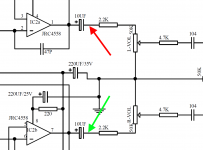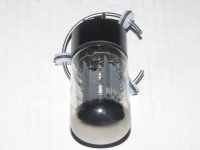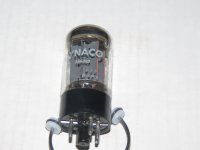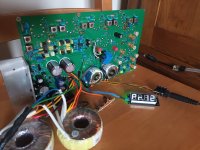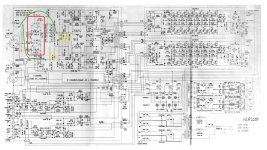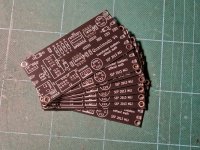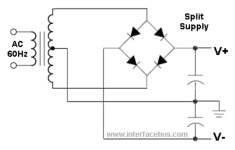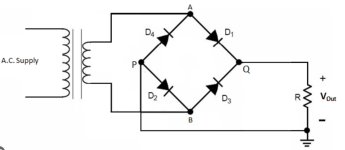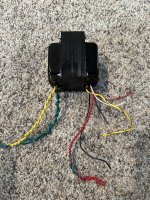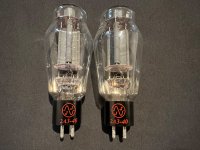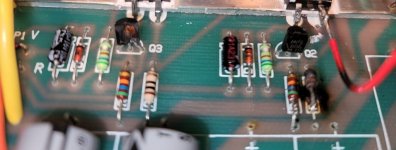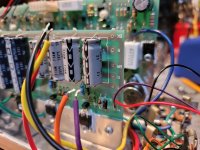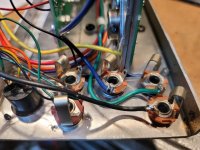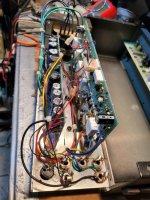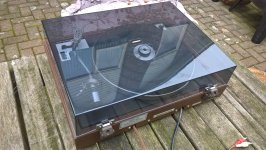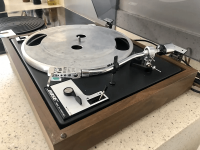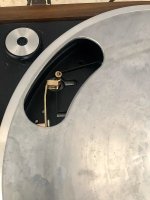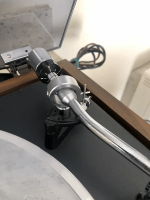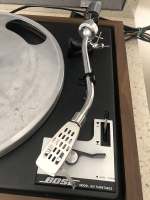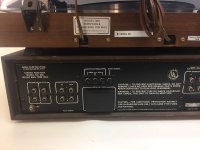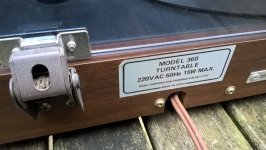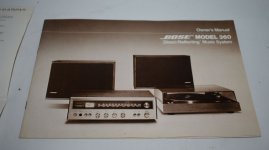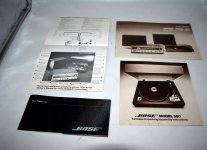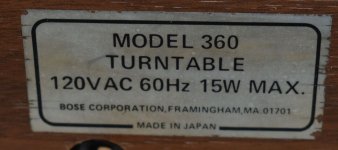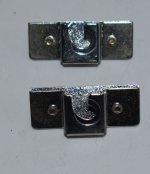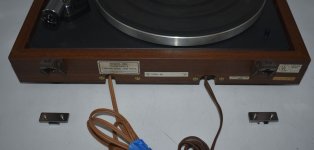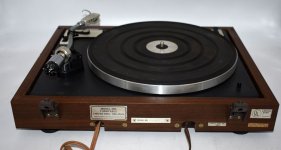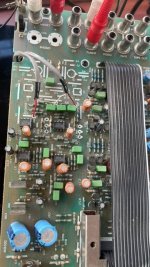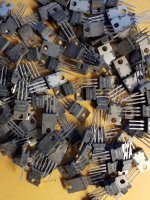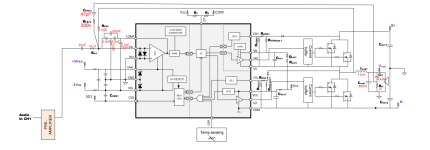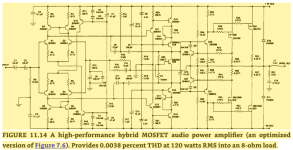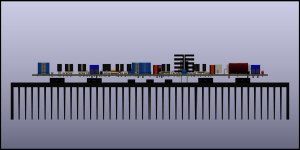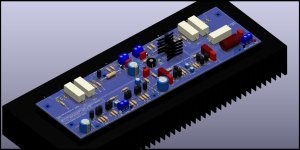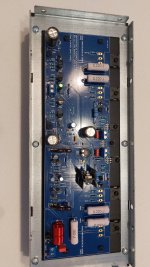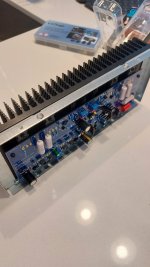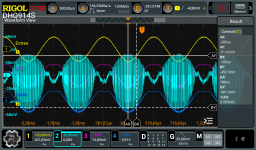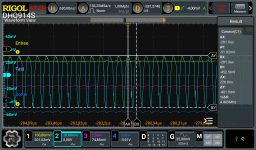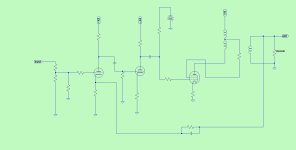Quick question about F6 vs F5
Apologies if I have missed a previously posted answer. However...
When extending amplifier performance to higher power the F5 is typically chosen as the starting point; F5, F5 Turbo V1, V2, V3...
Assuming that one will need to use multiple matched devices to spread thermal loading and that one wants near identical performance from all devices to provide best cancellation of `errors', wouldn't it be a lot easier to find near identical performance using a single device type rather than try to match complementary pairs?
Wouldn't the F6 be a better starting place?
Is the answer as simple as the problems introduced by trying to get well matched complementary pairs are outweighed by the errors introduced by adding a transformer?
Hoping for illumination,
When extending amplifier performance to higher power the F5 is typically chosen as the starting point; F5, F5 Turbo V1, V2, V3...
Assuming that one will need to use multiple matched devices to spread thermal loading and that one wants near identical performance from all devices to provide best cancellation of `errors', wouldn't it be a lot easier to find near identical performance using a single device type rather than try to match complementary pairs?
Wouldn't the F6 be a better starting place?
Is the answer as simple as the problems introduced by trying to get well matched complementary pairs are outweighed by the errors introduced by adding a transformer?
Hoping for illumination,
